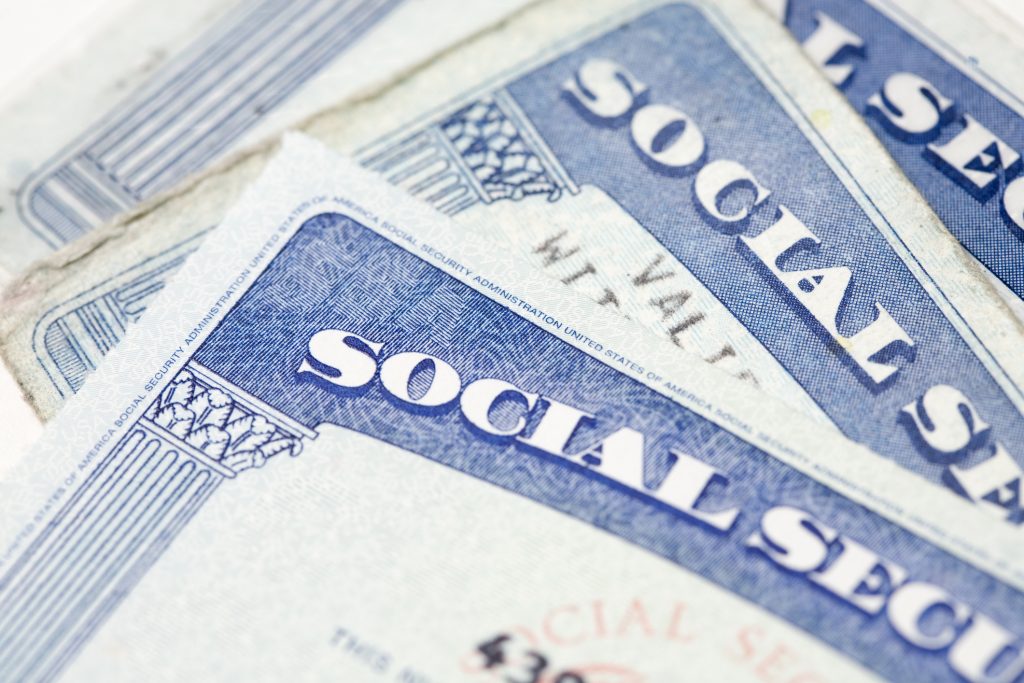Millions of seniors benefit from the Social Security cost-of-living adjustment (COLA), an annual raise that aims to help benefits maintain their buying power over time.
The official announcement for next year’s adjustment won’t come until October, but there are already predictions around what the 2026 COLA might look like. Right now, beneficiaries are on track to receive the lowest adjustment in years — but there’s an important reason that could change.
Where to invest $1,000 right now? Our analyst team just revealed what they believe are the 10 best stocks to buy right now. Learn More »

Image source: Getty Images.
The good and bad news about next year’s COLA
The COLA is based on changes to the Consumer Price Index for Urban Wage Earners and Clerical Workers (CPI-W), a monthly index that tracks consumption patterns among U.S. workers.
To calculate the COLA, the Social Security Administration takes an average of the CPI-W values in the months of July, August, and September. It then compares that average to the previous year’s figure from the same period. If the current number is higher, the percentage difference will become next year’s COLA.
Based on CPI-W data so far this year, nonpartisan group The Senior Citizens League predicts that the 2026 COLA could land at around 2.3%. That would amount to a raise of around $46 per month for the average retired worker, and it would also be the smallest adjustment since 2021.
That said, there’s a silver lining to a smaller COLA: It means inflation is slowing. The CPI-W essentially tracks inflation trends, so higher values year over year mean that consumer prices have been surging. When inflation ran rampant in 2022 and 2023, for example, we saw record-breaking COLAs of 5.9% and 8.7%, respectively.
While a smaller COLA may be disappointing on the surface, it’s actually a good sign that prices are not increasing as quickly as they have in the past. Ultimately, that will generally have a greater impact on retirees’ budgets than slightly larger Social Security checks.
One big factor that could change the COLA
A lot could change between now and October, primarily when it comes to inflation. President Trump’s tariff policies could have a major impact on the economy and consumer prices, with experts pointing out that tariffs have a direct correlation with inflation.
“In the short run, tariffs are seen as inflationary,” Ryan Monarch, economics professor at Syracuse University, told The Motley Fool in an interview. “[A]ll else equal, the more widespread the tariffs, the tighter Federal Reserve policy will likely be in order to tamp down upward price pressure.”
In February, analysts at the Federal Reserve Bank of Boston reported that 25% tariffs on imports from Canada and Mexico and an additional 10% tariff on China could increase the core inflation rate, which excludes the more volatile food and energy sectors, by 0.8 percentage points. A 60% tariff on goods from China and 10% tariffs on other countries could increase inflation by 2.2 percentage points.
If inflation surges throughout the rest of 2025, fueled by tariffs, it will likely result in a larger COLA for 2026. That isn’t necessarily a good thing for retirees, though, as higher costs will already take a significant bite out of most Americans’ budgets before the COLA takes effect.
What does history say about times like these?
In many ways, we’re in uncharted territory right now. So history may or may not be helpful in predicting where we’re headed.
That said, historically, tariffs can often pave the way for a recession. In fact, analysts at J.P. Morgan announced in mid-April that they predict a 60% probability of entering a recession by the end of this year, triggered primarily by the Trump administration’s tariff policies.
While tariffs themselves often lead to price surges, recessions also tend to drag prices back down since consumers generally have less disposable income. That could complicate COLA predictions throughout the rest of this year.
A lot can happen between now and October. Tariffs and a potential recession could have a major impact on consumer prices, which will influence the next Social Security COLA. For now, perhaps the best thing you can do is simply stay informed and keep your expectations in check.
The $22,924 Social Security bonus most retirees completely overlook
If you’re like most Americans, you’re a few years (or more) behind on your retirement savings. But a handful of little-known “Social Security secrets” could help ensure a boost in your retirement income.
One easy trick could pay you as much as $22,924 more… each year! Once you learn how to maximize your Social Security benefits, we think you could retire confidently with the peace of mind we’re all after. Join Stock Advisor to learn more about these strategies.
View the “Social Security secrets” »
The Motley Fool has a disclosure policy.
 benzinga.com
benzinga.com



